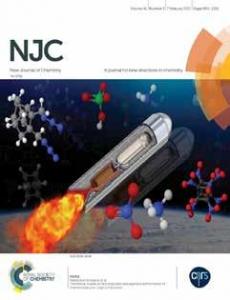
Rocket engines, gas generation mechanisms such as automobile air bags and explosive devices employ high energy density materials (HEDMs) as fuels. Formulating an HEDM having high specific impulse, high density, low production cost, low sensitivity to impact and friction and low toxicity all at the same time is extremely challenging. In this regard, cage compounds with their severely strained molecular structures look promising. Chemical synthesis of such compounds is expensive and tedious. Hence, one of the key issues is to provide proper inputs to synthetic chemists to enable them to narrow down on the appropriate cage structures to be synthesised. These can then be experimentally tested for their performance as HEDMs. Here, we use molecular modeling ab initio methods and equilibrium calculations to theoretically analyse the molecular structures of 28 cage compounds which can potentially be HEDMs. We gauge their performance by estimating their thermodynamic, propulsive and explosive properties in various modes. We also provide explanations to correlate the calculated property values to the respective structures. Additionally, we compare these newly envisioned molecules to the molecules of HEDMs that are in current widespread use. Our results can provide valuable data to synthetic chemists by helping them to optimise their time and resources.
Prof. I N Namboothiri Prof. Arindrajit Chowdhury Prof. Neeraj Kumbhakarna
